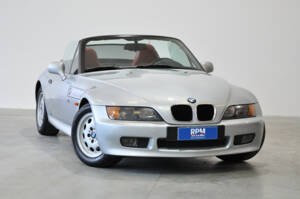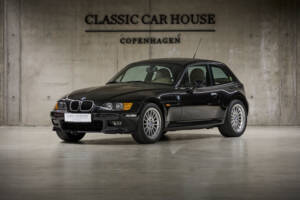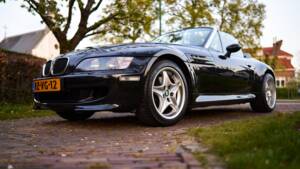- Automobile
- BMW
- BMW Z3 (35 offerte)
BMW Z3 Classic Cars for Sale
The BMW Z3 blends focused engineering with spirited driving dynamics, offered as Roadster and Coupé from 1995 to 2002. Manufactured exclusively in the USA, the Z3's unmistakable design, robust six- and four-cylinder engines, and a broad palette of models and special editions have made it a staple of the classic sports car landscape. From James Bond fame to rare M models, every Z3 has a distinct story and technical character.
Risultati della ricerca

2001 | BMW Z3 Convertible 3.0
2001 BMW Z3 Coupé 3.0i – Certified 70,000 km, Legendary Inline-Six, Pristine Provenance
€25,000 - €28,000
Preview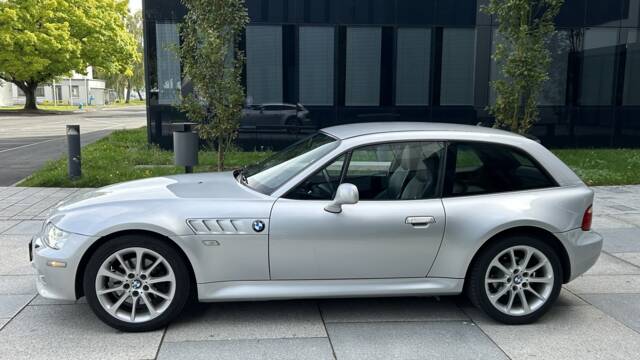
2001 | BMW Z3 Coupé 3.0
Sporty coupé with performance and automatic transmission
€22,000 - €25,000
Preview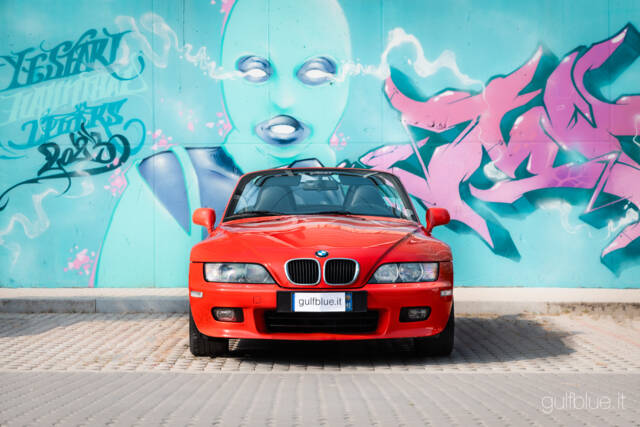
2000 | BMW Z3 2.2i
Show car by BMW Italia, always lived in Milan, 60.000kms
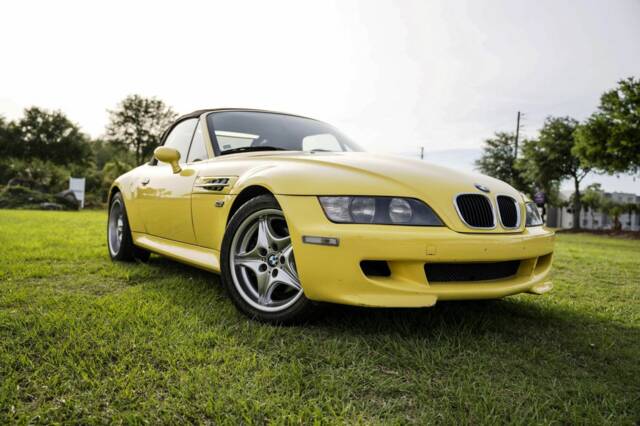
1999 | BMW Z3 M 3.2
BMW Z3 M Roadster | 1999 | Route 66 Auctions - For sale by auction. Estimate 26500 EUR
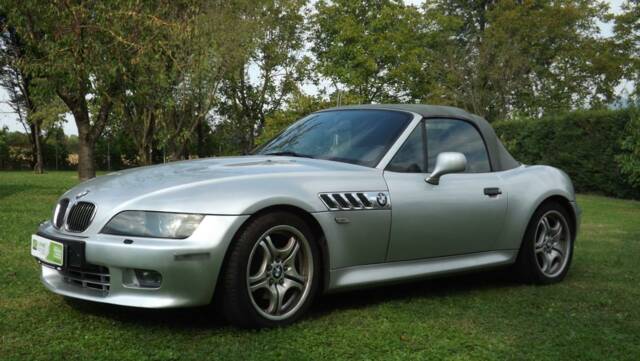

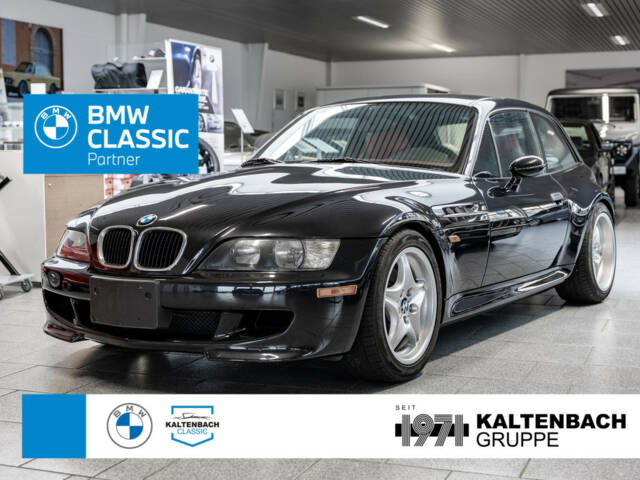
1999 | BMW Z3 M Coupé (US)
LEDER SITZHEIZUNG KLIMA

1997 | BMW Z3 Coupé 2.8
BMW Z3 Coupé 2.8
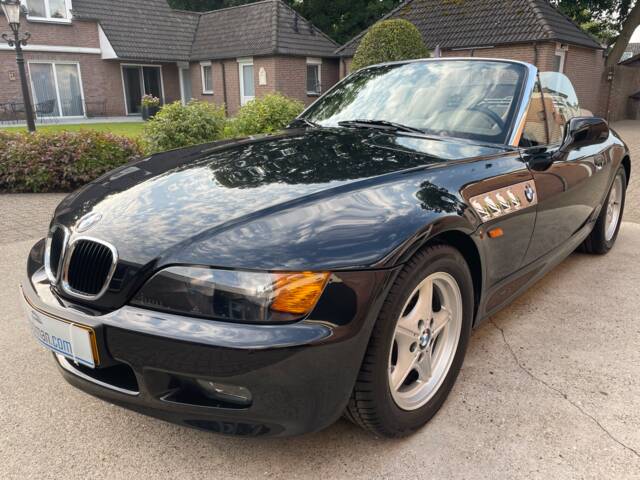
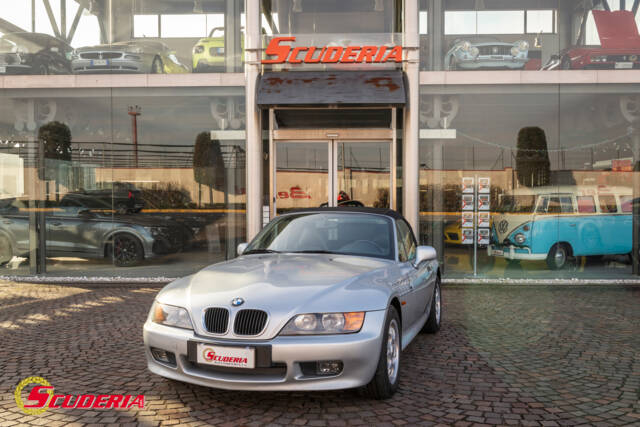
1999 | BMW Z3 1.9
Z3 1.9 16V cat Roadster
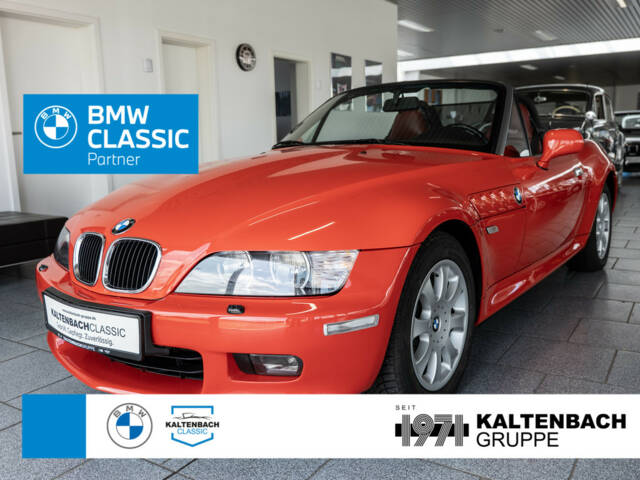
1999 | BMW Z3 2.0
SECOND HAND - LEATHER - HEATED SEATS
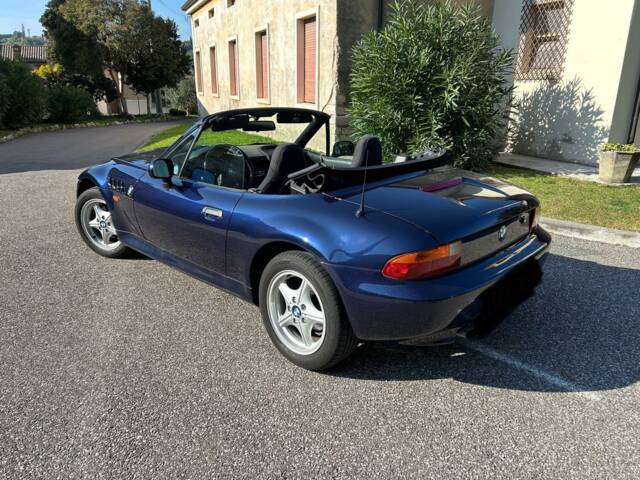
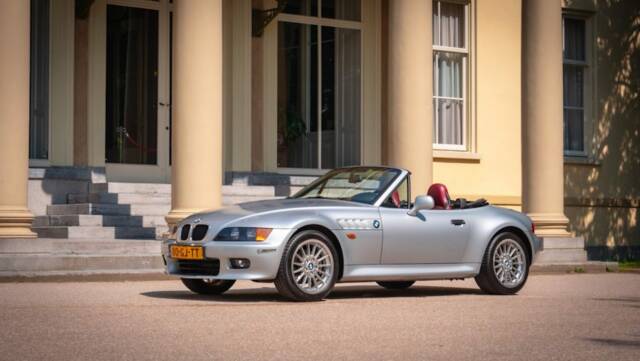
1998 | BMW Z3 2.8
1998 | BMW Z3 2.8
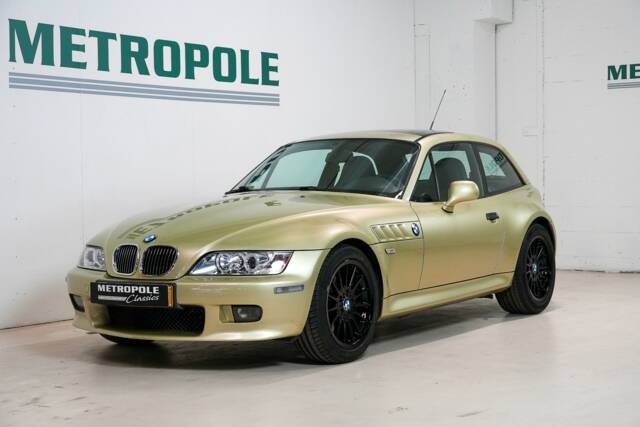
2002 | BMW Z3 Coupé 3.0
BMW Z3 3.0 L Coupe M1079

1997 | BMW Z3 M 3.2
BMW Z3-M 3.2 E36/7S Roadster 1 van 3557 st. productie 09/96-06/00
History of the BMW Z3
BMW launched the Z3 in September 1995 as a compact two-seater roadster, followed by the daring coupé in 1998. Built entirely at BMW’s Spartanburg factory in South Carolina, it marked the brand's first full-scale production outside Germany, with over 60% of parts sourced from North America. Conceived to blend a long bonnet and short rear, the Z3 gained mainstream recognition via its James Bond appearance in 'Goldeneye'. Engine choices ranged from modest 1.8 and 1.9-litre four cylinders to muscular straight-sixes. A substantial update arrived in 1999: facelifted styling, L-shaped rear lights, enlarged wheel arches, and upgraded interiors, solidifying its modern classic status before being succeeded by the Z4 in 2002.
Model History
The Z3 model range is split into two principal variants: the Roadster (E36/7) available from 1995, and the Coupé (E36/8), introduced in 1998. The Coupé, solely with straight-six powertrains, is recognised for its 'shooting brake' styling and polarising aesthetics – variously nicknamed 'Clown Shoe'. Both body styles underwent a significant facelift in 1999, resulting in broader rear arches and a refreshed cabin. The Z3 M Roadster and M Coupé, launched in 1997 and 1998 respectively, employed the S50 and later S54 engines from the M3, offering power outputs exceeding 320 PS. Approximately 279,000 Roadsters and just 18,000 Coupés were built, making some variants, especially late M Coupés, highly sought after among purist circles.
Highlights and Unique Features
• First BMW mass-produced outside Germany, assembled in Spartanburg, USA. • Variety of engines: from nimble 4-cylinder (1.8 to 1.9 litres) up to 6-cylinder powerhouses (2.0, 2.2, 2.8, 3.0 litres) plus high-revving M models (3.2 litres, 321–325 PS). • Immediate fame through 'Goldeneye'– undoubtedly boosting early sales. • Signature: long front, short tail, rear-drive chassis, and low-slung seating. • Driven by purist principles: most Z3s feature rear-wheel drive and manual gearboxes or classic 4/5-speed automatics. • Broad colour and interior options, many rare BMW shades, from Estoril Blue to Sepia Metallic and exotic leather finishes. • Outstanding parts supply, supported by a global enthusiast and owner community.
Market Data: The E36/7 Roadster accounts for 68% of all Z3 listings in our database and 48% of total demand for classic BMWs, highlighting the model’s enduring presence and strong interest among buyers. The Coupé (E36/8) follows with 10% share of supply and 25% demand, while the special M codes make up smaller—yet disproportionately high in demand—shares due to their limited numbers and enthusiast following.
Technical Data
Special Editions and Collectible Models
Several limited series and collectible BMW Z3 editions exist, including:
- BMW Z3 M Roadster / M Coupé: Feature the S50/S54 inline-six from the M3, unique exterior styling (wider arches, bespoke mirrors and bumpers, quad exhaust), M-instrumentation and enhanced chassis. Coupé only ever with 6-cylinders. Especially rare are the final years’ S54 M Coupé (few hundred units).
- Special colour and interior combos: From highly sought-after Estoril Blue to oddities such as Sepia Metallic with Arizona Sun leather (the final Z3 built, now in BMW museum).
- Sports and Anniversary editions: Regional models with unique trim, wheels, or extra equipment exist, tailor-made for select markets (e.g., unique wheels, special plaques, or BMW Individual leather).
Weak Spots and Common Issues
While the BMW Z3 benefits from solid documentation and spare parts availability, buyers should be alert for the following:
- Softtop: Early plastic rear window can yellow or crack; post-2000 facelift introduced more durable glass.
- Cooling system: Radiators and water pumps in six-cylinders can fail over time—preventative replacement of these parts is sensible.
- Rear suspension bushings can wear, leading to vague handling—a common E36-series trait.
- Electronics: Check all features, especially power windows and seat heaters.
- Rust: Generally well protected, but check underbody and arches, especially around jacking points.
- M models: Higher maintenance for performance drivetrain; regular servicing is paramount to retain value.
Engine, Performance and Handling
Driving a BMW Z3 is defined by its front-engine, rear-drive chassis, with a low seating position and balanced weight distribution—a result of its E36 3 Series underpinnings. The four-cylinder models (1.8/1.9) emphasise agility, while the straight-sixes (up to 3.0 litres, 231 PS) bring a refined blend of power and elasticity. The M models, with 3.2-litre engines from the M3 (S50 up to S54), deliver 0–100 km/h in just over five seconds, with 250 km/h top speeds and stronger brakes, limited-slip differentials, and stiffer chassis. All Z3s are celebrated for communicative steering and minimal body roll, especially after 1999’s suspension and chassis updates. - Z3 Roadster 2.8/3.0i: 193–231 PS, blend of torque and comfort, desirable for touring
- Z3 M Roadster/M Coupé: 321–325 PS, hardcore performance, unique quad exhaust setup and sportier seats
- Z3 Coupé 3.0i: Popular among enthusiasts for rarity, rigid chassis, and brisk acceleration
Design, Interior and Options
The Z3 was chiefly designed by Joji Nagashima, emphasising the classically long bonnet, short tail, and defined wheel arches—elements borrowed from BMW’s historic sports cars. Roadsters have a snug two-seat cockpit with strong centre console details and chrome lines. Facelift updates (1999) added L-shaped rear lights, broader arches, and refined dashboard elements. Coupés offer much stiffer bodies, increased practicality, and sportier intent.
BMW offered an expansive choice of paint finishes, ranging from Topas Blue to more flamboyant Estoril, Pistachio, or Sepia. Interior trims and leathers span from conservative black to vibrant two-tone or custom BMW Individual combinations, including Oregon and Nappa leathers. Factory and dealer accessories include removable hardtops, wind deflectors, sound upgrades, and unique alloy wheels. M models showcase specific sports seats, bespoke gauges, and aggressive bumpers.
Other Features and Information
All Z3s are recognised for extensive community support and strong spare parts supply. Many cars feature full-service documentation; factory support for accessories and upgrades remains excellent. Safety is enhanced by dual airbags (sometimes side airbags), robust rollover systems, and optional upgraded sound, navigation, and styling accessories. The story of the last Z3—a Sepia Metallic six-cylinder on Arizona Sun leather—ending up in the BMW museum underlines the enduring significance of these models.
Summary
BMW Z3 models, spanning Roadster and Coupé from 1995–2002, fuse distinctive looks, reliable engineering, and dynamic driving. They represent a diverse classic car offering, from efficient four-cylinders to muscular sixes and rare M specials. The broad supply (especially Roadster E36/7), vibrant demand, and a strong support community make the Z3 a practical and exciting classic to own—with numerous opportunities to find exactly the right car, whether for weekend touring or long-term collecting.



